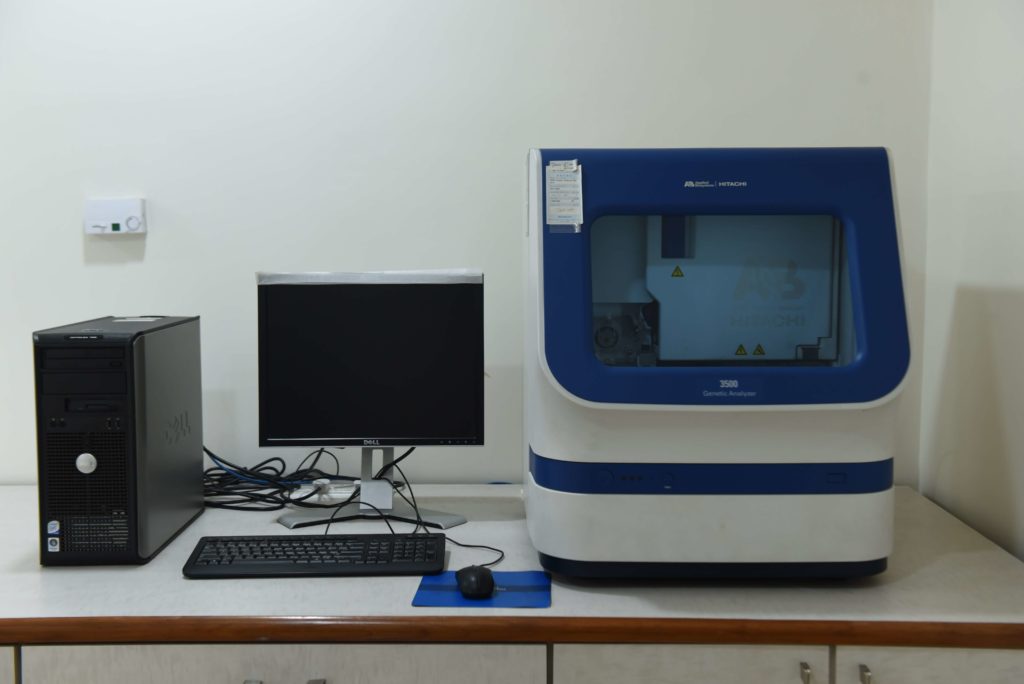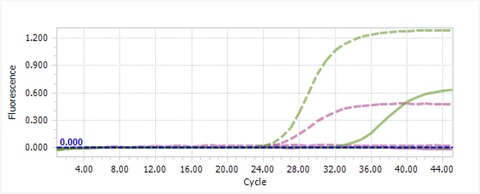RT-PCR protocol Tests
Polymerase chain reaction is technique used to amplify small segments of DNA. It is process of photocopying a specific region of interest. With the advent of technological developments, the pcr reaction was monitored using fluorescent dyes with in the PCR reaction vessel, this technology is known as ‘Real-time PCR’. Compared to normal gel electrophoresis for the detection of amplified product in conventional PCR, real-time PCR offers more accurate detection during amplification. These real-timePCR’s monitor the change in the fluorescence to identify the progress in the amplification process. Realtime PCR data can be analysed using software provided along with the instruments that helps us analyse the results without opening the tube, this helps to eliminate cross contaminations in the laboratory.

A real-time PCR consists of following components: amplification block- thermal cycler, detection block- excitation and emission filters, a computer and analysis software.Realtime PCR uses two different approaches to obtain fluorescent signal from amplified product.
Intercalating dyes: These dyes interact and bind with the double stranded DNA molecule, after binding they increase their fluorescence by a conformational change.
FRET (Fluorescent Resonance Energy Transfer): This works on the principle of photon donor and acceptor molecules. They increase the fluorescence at a particular wavelength depending on its emission spectra during amplification process.
In real-time PCR the fluorescence of first few cycles is not measured because fluorescent level is below the detection limit which is known as the initiation phase. During exponential phase the quantity of DNA doubles at each cycle. As the concentration of product increases the amplification efficiency falls and finally reaches to zero known as plateau phase.The number of cycles required to cross the threshold level is used to quantify the accumulating PCR product.
Realtime PCR analysis software offers four different types of analysis
- Process the raw data
- Measurement of cycle number where the fluorescence has crossed a cycle threshold level.
- Quantification of this signal based on internal and external standards set into the software.
- Melting curve analysis.
Realtime PCR offers many advantages: amplification and detection one go, fast cycling and high throughput, multiplexing using different dyes(limited), higher sensitivity. It can be used for pathogen detection and quantification, SNP and mutation detection, gene expression studies.



